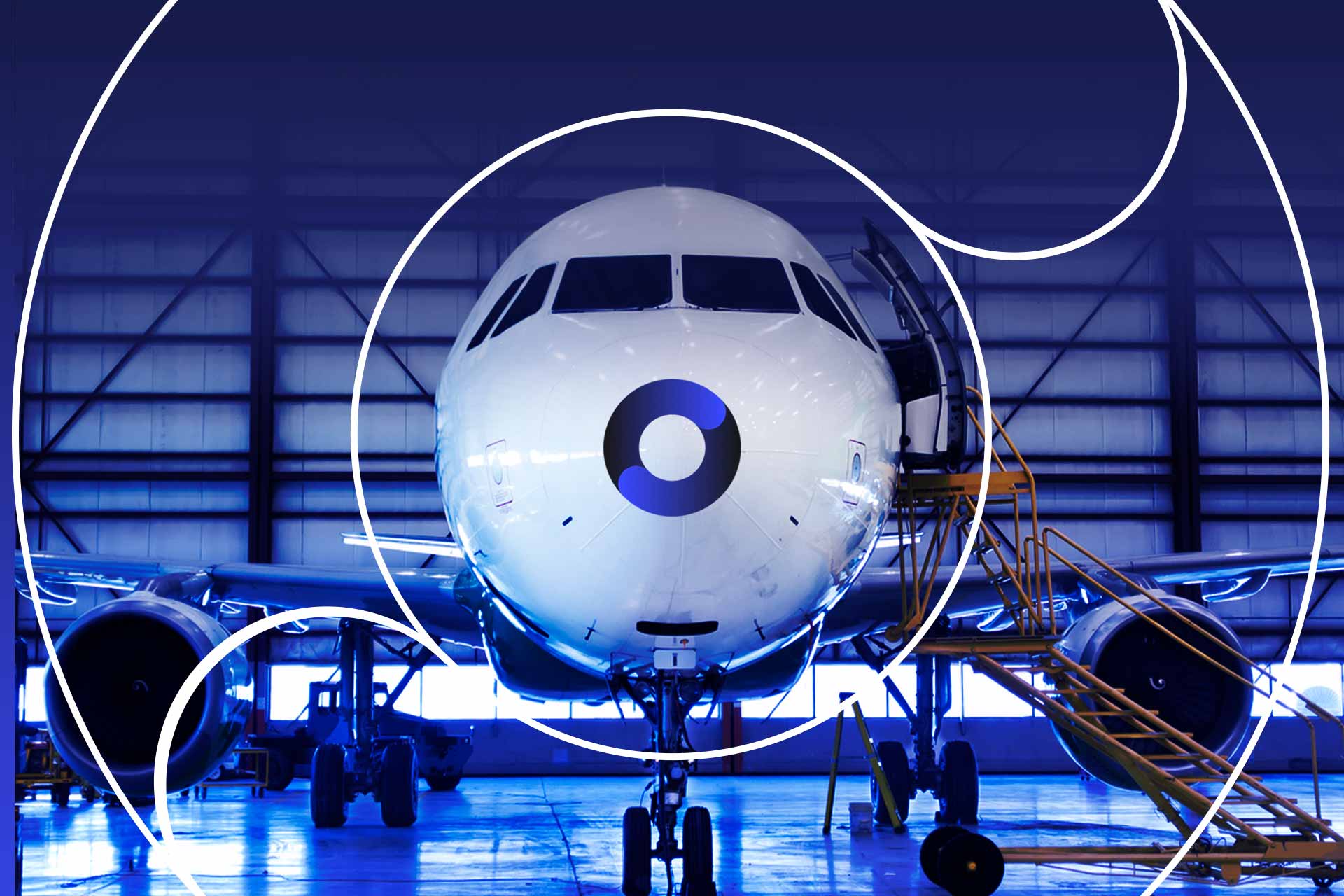
Aircraft Maintenance Tips You Need to Know
August 31, 2018 - Emily Newton
Revolutionized is reader-supported. When you buy through links on our site, we may earn an affiliate commission. Learn more here.
Both experienced and new aircraft mechanics and pilots need constant reminders about the importance of proper aircraft maintenance. Regular tune-ups keep the aircraft operational and free of potentially life-threatening problems. Constant reminders of these tips will keep the aircraft you maintain at their peak operation and safety status.
Keep a Regular Inspection Schedule
Each year, all aircraft must have at least one inspection, per FAA rules. If the plane carries people other than a crew, you need additional inspections every 100 hours of flight. These checks ensure the safety and airworthiness of the aircraft.
Progressive inspections are an option for aircraft with heavy use. They reduce the time between regular inspections, but there are more checks throughout the year. For instance, a corporate jet may have inspections after every 25 hours of use. This schedule requires special approval that cannot be transferred.
Individual components may require different inspection schedules. For instance, transponders and altimeters must be checked every 24 months. Emergency locator transmitters need to be checked every 12 months, though these may not be tested during the required annual inspection. Occasionally, buyers may request an inspection before purchasing a plane. All types of inspections should be considered when scheduling maintenance.
Aircraft Maintenance Goals
Maintenance tasks encompass taking care of the components and structure of the aircraft. The goal is to balance the cost of inspections and maintenance with maximizing the aircraft’s safety. Maintenance gives workers the chance to correct worn-out parts of the plane before they fail. It also provides opportunities for improving the design of the craft through modifications.
Be sure to remain safe when performing maintenance checks. Use a work platform that can help you work efficiently while minimizing the risk of falls. No one should worry about being in danger while taking proper care of their aircraft.
Structural Maintenance
The structure of an aircraft is prone to damage through age and standard use. Surprisingly, up to 40 percent of structural damage occurs from “friendly foreign object damage,” which is caused by maintenance or ramps. Checking for and fixing this type of damage, in addition to that caused by age and fatigue, is a part of a structural maintenance program.
Component Maintenance
Components require regular checking and maintenance through inspections to prevent failure. Simple age-related wear is not the most common cause of failure of components. It is random, with 90 percent of generic parts failing slowly over time or by chance. To ensure the maximum longevity for components, opt for one of three proven preventive maintenance methods.
Hard time is the least cost-effective. This method requires replacing a component once it’s reached its factory-determined lifespan. Functional inspections check a particular operation of a part to verify they remain operational before replacing them. Functional verification is the most thorough option. This method checks all functions of a component, especially ones the crew may not see during a flight.
Several steps of component maintenance must be followed. Regular lubrication and repair of parts that wear out is the primary step. Visual or operational inspections determine if a failure has occurred. Functional inspections look for signs of impending failure. At this step, the failure rate should be predictable. If not, the component requires restoration or replacement.
Conduct Regular Maintenance Checks
For commercial planes, the FAA requires a series of maintenance checks that include preflight, overnight, A, B, C and D checks. A preflight check consists of a brief walk around the plane before each flight. This looks for visual signs of damage and wear, especially to the engines, brakes and tires.
Between 100-hour flight inspections, planes must undergo overnight maintenance. This check is much more thorough, looking at fluid levels – including oil and hydraulics – and any other aircraft-specific maintenance tasks. The A check, every 200 flight hours, requires another overnight maintenance period. This check focuses on the interior of the aircraft. It ensures proper lubrication of all systems and the correct operation of air conditioning and hydraulics.
The final overnight check is the B check, which requires tests for flight controls and torque tests. This happens every 400 hours. C checks take aircraft out of commission for up to five days and must occur every 13 to 15 months. This type of check requires a thorough examination of the engines and all flight systems.
Should the plane need more extensive repairs or to conduct the most thorough test, D check, on an aircraft, it will be pulled from flying for up to 30 days. This type of test routinely occurs every two to five years. It requires checking for and correcting any corrosion problems. In extreme cases, structural problems may necessitate the dismantling and rebuilding of the aircraft. If this happens, it must also get a fresh coat of paint.
The Importance of Aircraft Maintenance
Routine checks, inspections and repairs can save lives. It keeps the aircraft flying safely, which improves the operator’s bottom line while protecting the people who use the planes with peace of mind.
Revolutionized is reader-supported. When you buy through links on our site, we may earn an affiliate commission. Learn more here.
Author
Emily Newton
Emily Newton is a technology and industrial journalist and the Editor in Chief of Revolutionized. She manages the sites publishing schedule, SEO optimization and content strategy. Emily enjoys writing and researching articles about how technology is changing every industry. When she isn't working, Emily enjoys playing video games or curling up with a good book.






